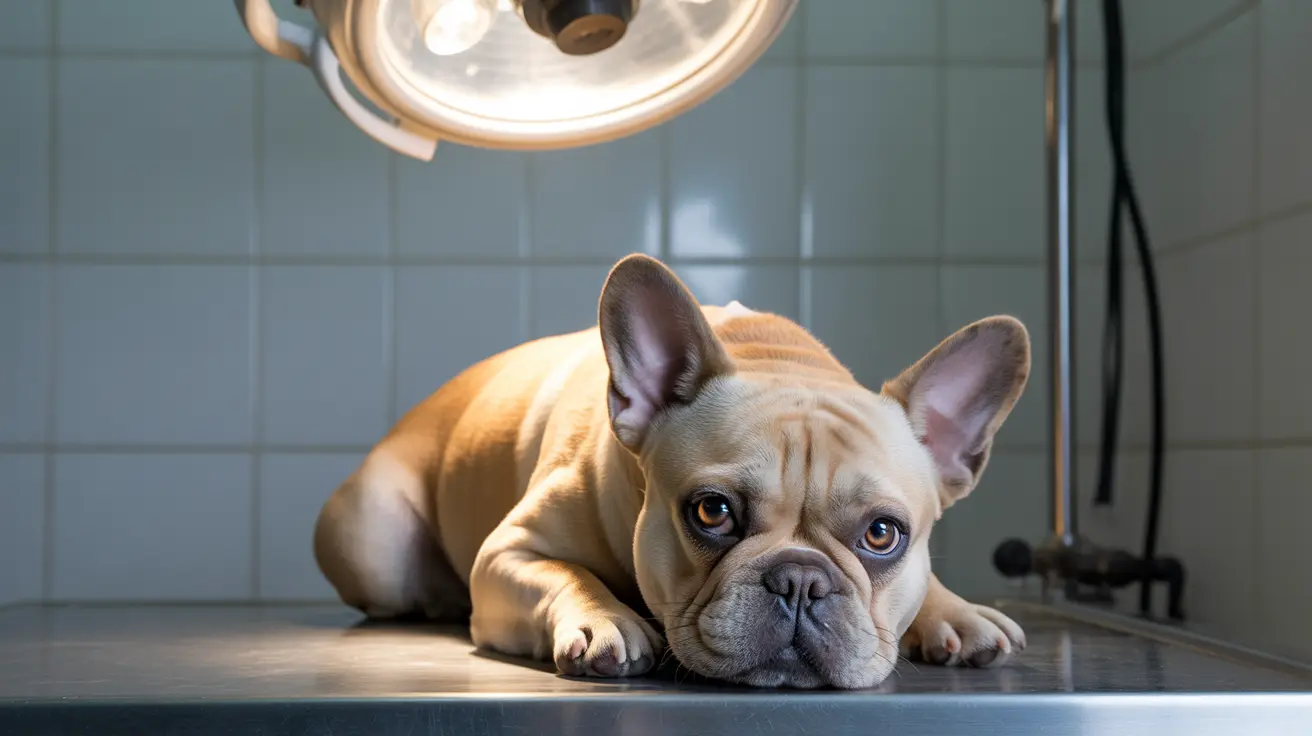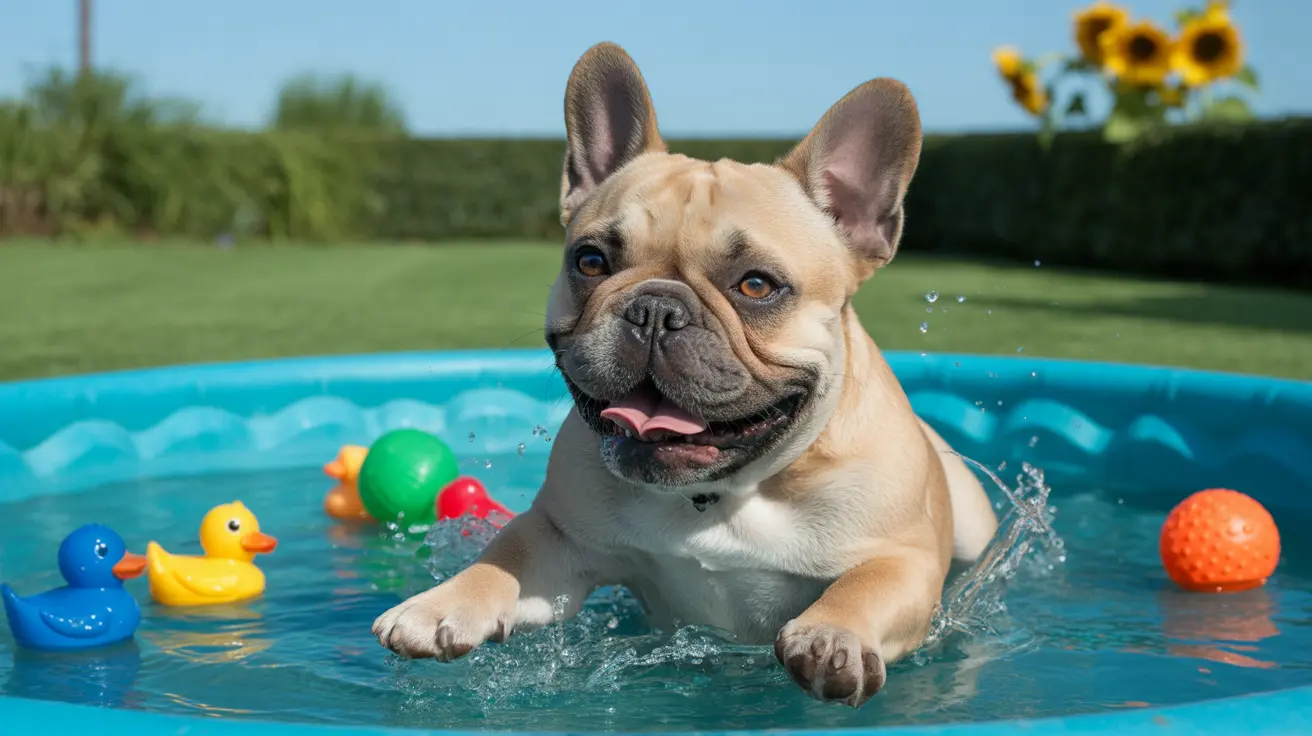Understanding and Managing Dog Dandruff
Dog dandruff is a common skin condition marked by flakes of dead skin that shed onto the fur. While mild dandruff might resolve naturally, it often indicates underlying issues that need addressing. Here, we’ll explore the causes, symptoms, and effective strategies to manage dandruff in your furry friend.
What Is Dog Dandruff?
Dandruff refers to excess flaking of dead skin cells, often noticeable on the back near the tail. Dogs can exhibit either dry dandruff (seborrhea sicca) or oily dandruff (seborrhea oleosa), depending on the imbalance of sebum—an oily substance that keeps the skin hydrated.
Causes of Dog Dandruff
- Dry air: Especially in winter or climate-controlled indoor spaces, low humidity can dry out a dog’s skin.
- Poor nutrition: Diets lacking in essential omega-3 and omega-6 fatty acids, vitamins, and minerals can affect skin and coat health.
- Parasites: Cheyletiella mites, also called “Walking Dandruff,” can cause chronic flaking and are contagious among pets.
- Skin infections: Bacterial or fungal infections can lead to dandruff and must be properly treated by a vet.
- Allergies: Food or environmental allergens can trigger flakiness along with itchiness and secondary infections.
- Hormonal imbalances: Conditions like hypothyroidism or Cushing’s disease often manifest as dandruff along with other symptoms like hair loss or lethargy.
- Genetics: Some breeds, including Basset Hounds and Cocker Spaniels, are genetically predisposed to seborrhea.
Common Symptoms of Dandruff
In addition to visible flakes, dogs with dandruff may exhibit:
- Persistent itchiness
- Hair loss or thinning coat
- Red, irritated skin
- Unpleasant skin odor
- Excessive scratching, licking, or biting
- Signs of general discomfort or lethargy
When to See a Veterinarian
While mild dandruff may go away on its own, veterinary attention is essential if symptoms persist or worsen. Seek medical advice if you notice:
- Flakes accompanied by sores or scabs
- Signs of systemic illness like lethargy or weight loss
- Dandruff that is resistant to grooming efforts
Diagnosis and Veterinary Evaluation
A vet will typically perform:
- A complete physical examination
- Assessment of diet and hydration
- Skin scrapes or samples to identify mites or infections
- Allergy testing, if indicated
- Blood work to detect underlying diseases
Effective Treatment and Prevention
Managing dandruff requires a combination of home and professional care. Here are some proven methods:
1. Grooming
- Brush regularly to remove flakes and distribute oils
- Choose grooming tools specific to your dog’s coat type
2. Bathing
- Use dog-formulated moisturizing shampoos with oatmeal or aloe vera
- Avoid over-bathing, which may dry the skin further
3. Nutrition
- Feed a balanced diet rich in essential fatty acids
- Discuss potential supplements like fish oil with your vet
4. Environmental Adjustments
- Add a humidifier to mitigate dry indoor air
- Ensure a comfortable, clean living space
5. Parasite Control
- Use vet-recommended preventatives for fleas, mites, and ticks
- Clean bedding and shared pet areas thoroughly
6. Medical Management
- Treat infections or hormonal issues with vet-prescribed medications
- Identify and manage allergies through diet or medication
Breed-Specific Considerations
Breeds prone to genetic or idiopathic dandruff, such as Golden Retrievers, Labrador Retrievers, Yorkshire Terriers, and Basset Hounds, may benefit from more regular grooming and veterinary skin care plans.
Conclusion
While mild dog dandruff may resolve on its own, especially due to seasonal dryness, persistent or severe cases suggest deeper health issues requiring veterinary attention. By maintaining proper grooming, nutrition, and environmental conditions, you can help your dog enjoy a healthier, flake-free coat.





